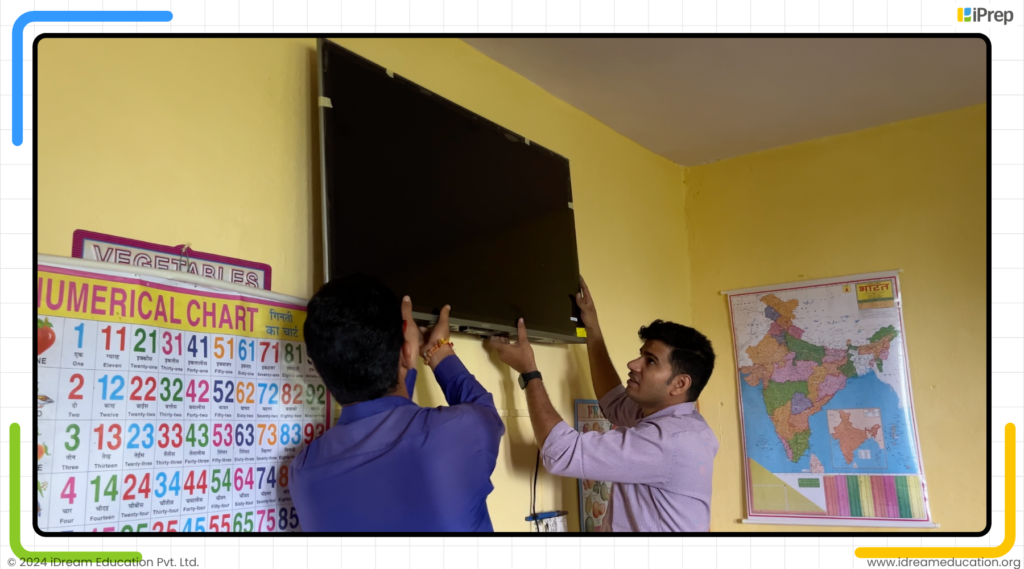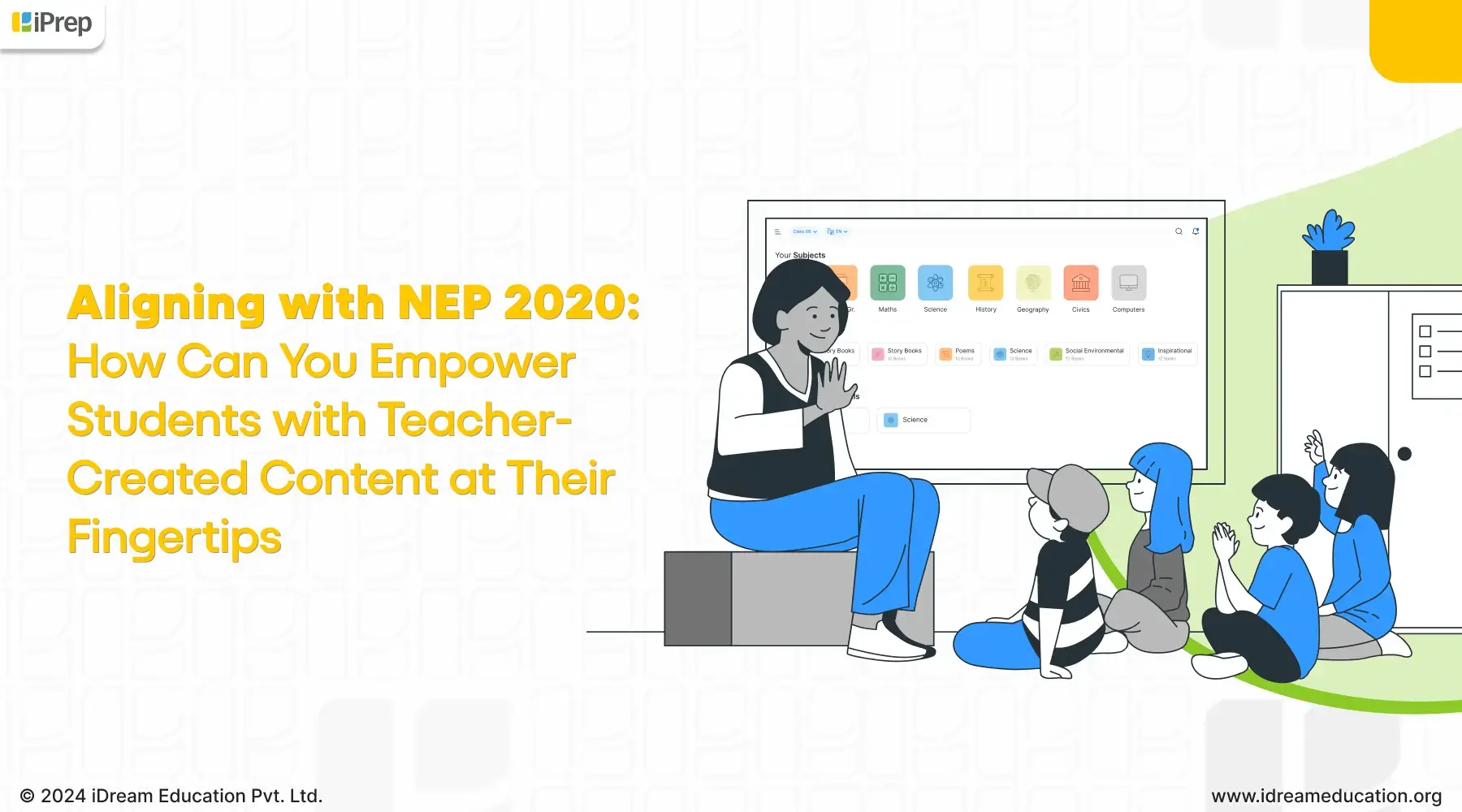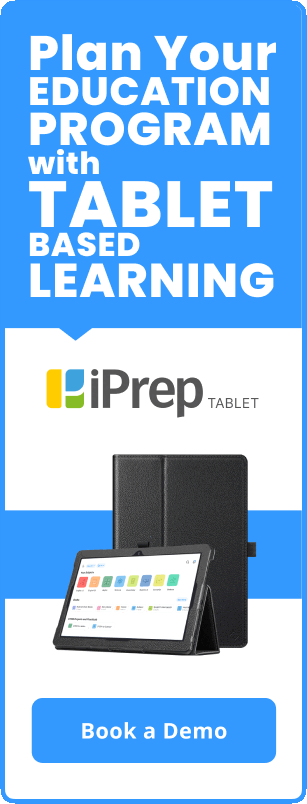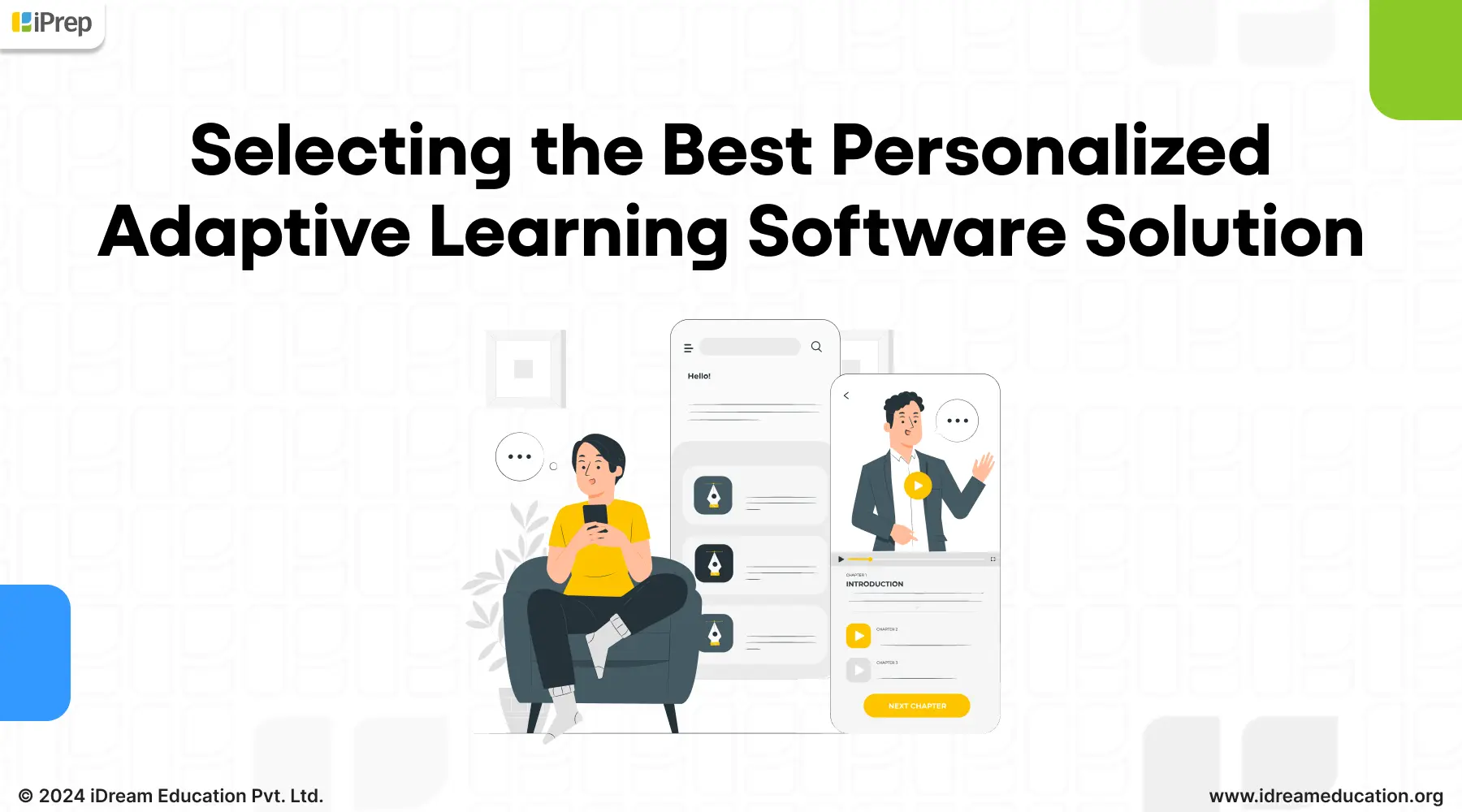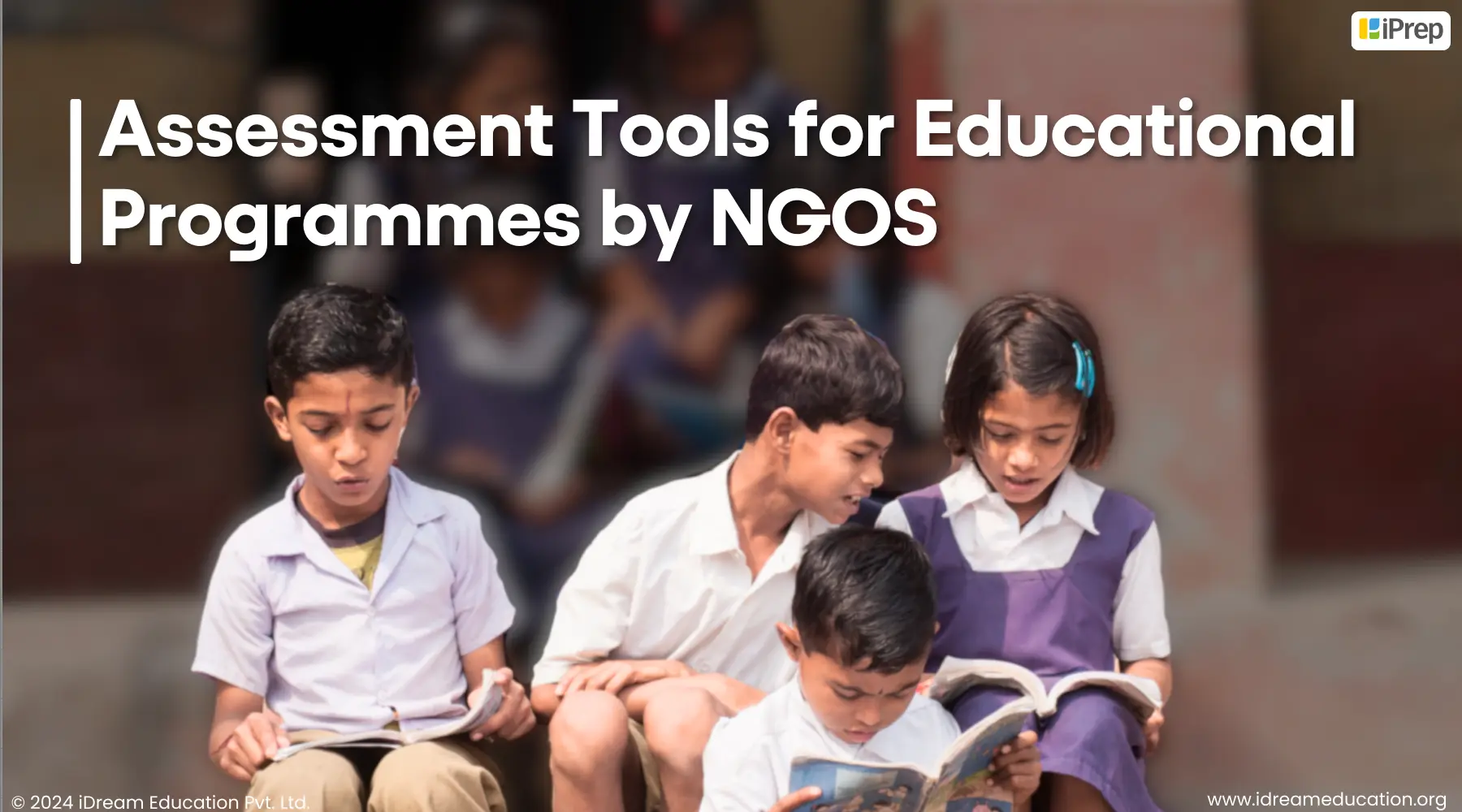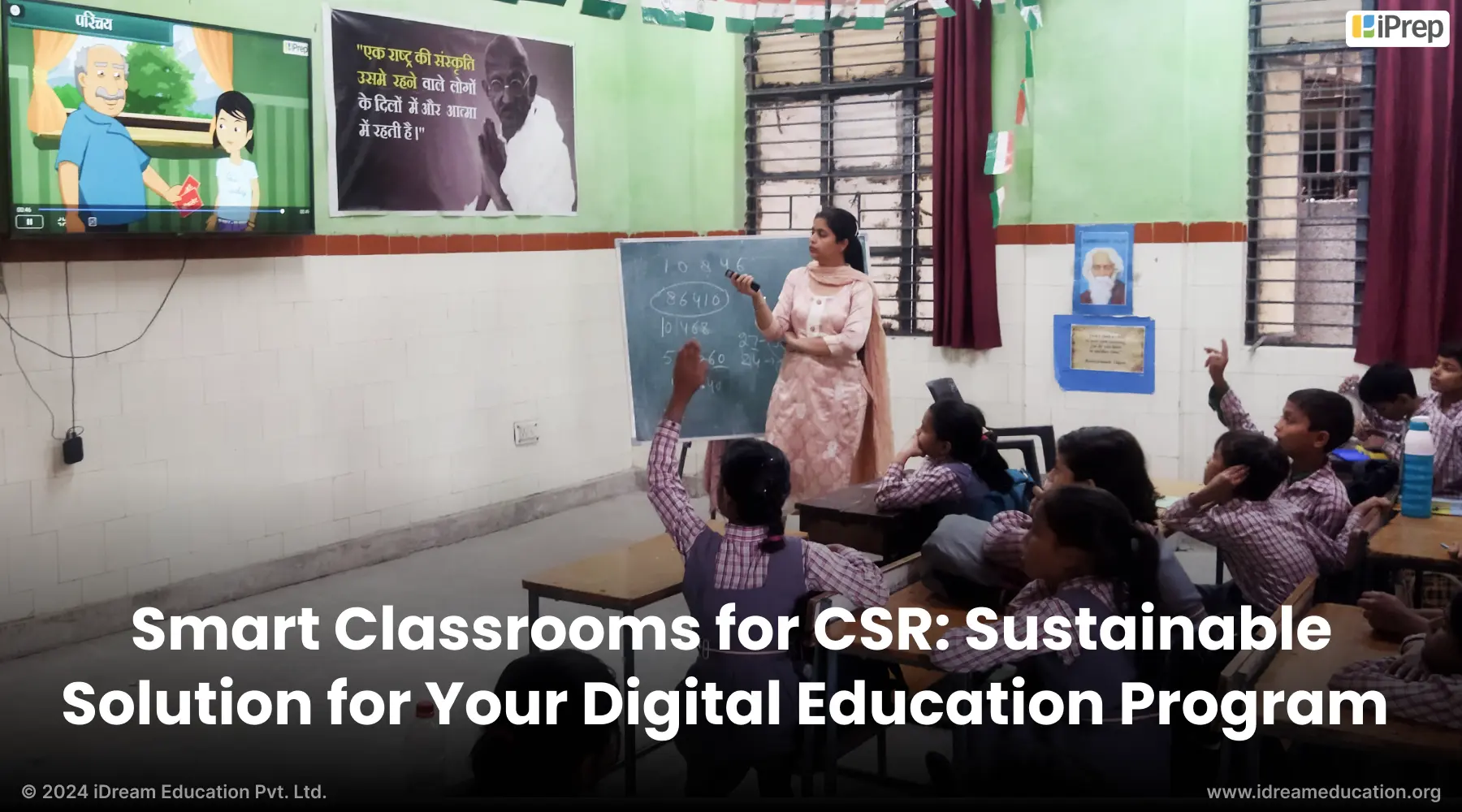How Do You Build Sustainable Digital Learning Programs in Government Schools?
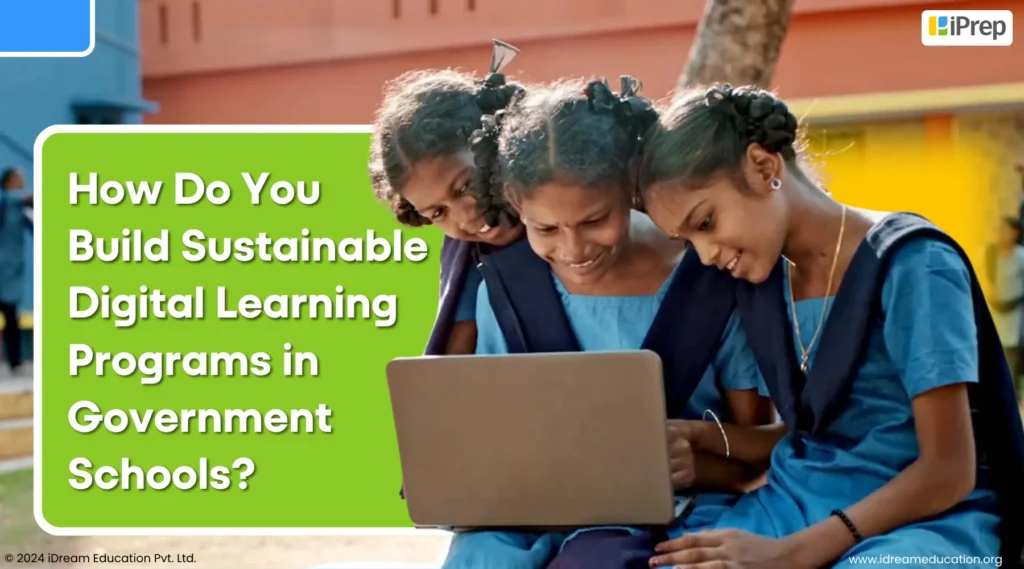
Through our work with NGOs/CSR, we’ve consistently come across one common question: how to achieve true sustainability within their programs. While the desire for sustainability is universal, NGOs/CSR express a deep commitment to lasting change. However, they also acknowledge the significant challenges that often stand in their way. Understanding these challenges is important before knowing the solutions that can help build sustainable digital learning programs in government schools.
Some challenges:
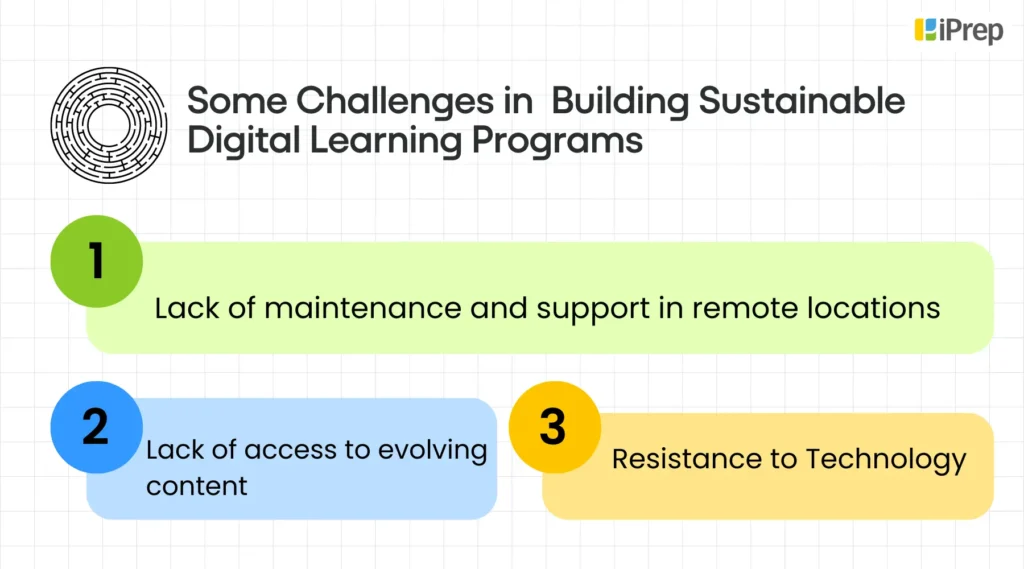
Challenge 1: Lack of maintenance and support in remote location
Delivering and installing hardware in far-flung locations is just the first step. Ongoing maintenance and repairs are far more difficult and costly.
Here’s an account from a school, in Shimla. It happened during one of our implementations of the iPrep Digital Library, our tablet-based smart ICT lab solution. The school is situated at a height where transportation is risky. Upon arrival, we observed that computers and other interconnected equipment were covered in dust. Unable to overlook this, we asked teachers why the devices were in such a state. Their response was disheartening: ‘Computers remain unused because keyboards and mouse are not working. For some wiring is the issue”. From further conversation, we learned that, “Repairing a component every time it fails is costly and time-consuming for teachers. However, those who can get the equipment fixed, reside in distant cities, and for them making frequent visits to the school is difficult. This either leads to delayed maintenance or the setups get neglected. The situation makes it difficult for teachers to use the implemented setup, resulting in unused technology.”
This is an example reflecting how maintenance and support in remote locations is a challenge. Hence, hindering the overall benefit of the education program.
Challenge 2: Lack of access to evolving content
State Board guidelines, the National Education Policy (NEP), and other initiatives drive regular updates to the curriculum. These updates necessitate frequent content revisions. However, schools in rural areas often struggle to keep their educational materials up-to-date. If we want teachers and students to have access to the latest learning material, we need to share it with them on a regular basis. But this needs high-speed internet for downloading. Sadly, many government schools in rural areas don’t have internet or it’s very slow. So, we can’t send updates regularly because they can’t download it at school. This means students and teachers end up using the same content for a long time, which might or might not be updated. Also, if teachers and students don’t find the delivered content relevant or engaging, there’s no way to change it without high-speed internet. These issues make it difficult for teachers and students in rural areas to learn compared to students of other regions and also become a barrier to holistic growth.

Challenge 3: Resistance to Technology
A third challenge is that teachers find it difficult to adopt technology naturally since they lack familiarity with desktops and laptops. This is because their exposure to technology has transitioned from TV to mobile devices. They haven’t experienced a structured transition from TV to desktops, laptops, and then to mobile phones or smartphones. The majority of them have shifted directly from TV to smartphones, while some have gone from TV to keypad phones before adopting smartphones. This lack of a gradual transition is the reason why teachers resist using education technology in the classroom.
Overcoming Challenges! How Do We Build Sustainable Digital Learning Programs?
Effortless, Easy, and Low Maintenance Setup
We prioritize ease of use, simplified setup, and minimal maintenance in our digital learning solutions. To ensure seamless adoption of technology by teachers, we have focused on teacher’s familiarity with Android-based devices. Further, we’ve streamlined digital learning in classrooms with a single device, whether it’s a smart TV or interactive panel. Our devices can be set up in just 30 minutes without specialized technical assistance. It just requires just four screws and a stand, to mount on any wall. Teachers simply plug in the pen drive and start playing curriculum-aligned content on iPrep, just like they access any other app on their phones. Smart TVs are operated via remote control whereas interactive flat panels are via touch, removing the need for complex computing hardware that’s hard to set up, manage and use.

This approach helps our CSR and other partners in building sustainable digital learning programs in remote or resource-limited areas, where finding technical support can be challenging.
One example explaining the situation is from our smart class implementation with Mount Valley Development Association in schools located within the Tehri Garhwal district of Uttarakhand, India. Here, when our team visited for the implementation and training of smart classes, they could not find a local technician to mount smart TVs on the wall. Therefore, our trainers took the initiative, successfully mounting and setting up smart classes within an hour on their own. The picture below showcases their resourcefulness.
Overcoming Content Update Challenges in Rural Areas
To ensure seamless access to updated content in government schools located in any region, we’ve developed a capability to update content in small chunks, significantly reducing the need for high-speed internet. Our iPrep platform continuously and automatically updates content whenever a device connects to the internet. If the content has been delivered offline, teachers receive a simple update notification on iPrep which they simply have to accept, and the content gets updated in small chunks. Teachers can also keep a check for updates on iPrep. This greatly enhances the amount of content in the device as per the updates in the curriculum.
As an extension of this capability, and to make CSR initiatives more balanced, we also enable Satellite-Based Content Delivery. Corporates seeking to build sustainable digital learning programs can explore setting up satellite-based servers to store educational content. The stored content can then be distributed throughout a region, ensuring access to updated content, and reducing the dependency on the internet.
An example of this is the smart class program in 20 schools of Saharanpur through a centrally managed server at the Nagar Nigam office. A centralized server setup within the Nagar Nigam office, connected to a Local Area Network (LAN), has scaled the implementation of our learning platform iPrep. We connected this setup with 20 Interactive Flat Panels (IFPs) implemented in 20 schools. The central server stores all the content, streamlining its distribution across schools. This setup has significantly reduced the cost of the project and ensured the availability of offline smart class content.
Simplified Technology Adoption by Teachers
We understand teachers’ familiarity with the Android platform, leading to its natural adoption within the classroom. This familiarity ensures minimal training requirements. It also eliminates the need for the continuous support often required when integrating digital teaching-learning tools.
A common question during CSR and other partnerships is: how frequently teacher training will need to be conducted – monthly, quarterly, or half-yearly? But, with our easy-to-adopt devices and intuitive learning platform, the need for frequent, time-consuming training sessions is not needed, significantly reducing implementation costs.
An example of this is from our implementation of 166 smart classrooms in EJH, Meghalaya. This serves as a prime example of easy adoption, usage, and building of sustainable digital learning programs. A recent analysis of the top 10 most active schools using iPrep Digital Class reveals that, on average, teachers are using smart classes for 23 minutes daily. Further communication with teachers of these schools confirms they frequently dedicate a full 45-minute period to smart class teaching. Teachers may spend 10 minutes settling students. Teachers effectively using the remaining time for teaching, particularly through engaging video lessons. This serves as a clear indication. Enabling technology that teachers are already familiar with, will help social sector investors build sustainable digital learning programs in government schools.
To Conclude
Building sustainable digital learning programs in government schools is a journey, not a destination. By enabling effortless setup, overcoming content challenges, and simplifying technological adoption, we create a powerful foundation for learning and growth. Let’s continue to collaborate, innovate, and invest in solutions. These efforts will empower teachers and students and ensure quality education reaches every corner of our nation.
In case you would like to know more about our digital learning solutions, visit our website, www.idreameducation.org, or write to us at [email protected]

